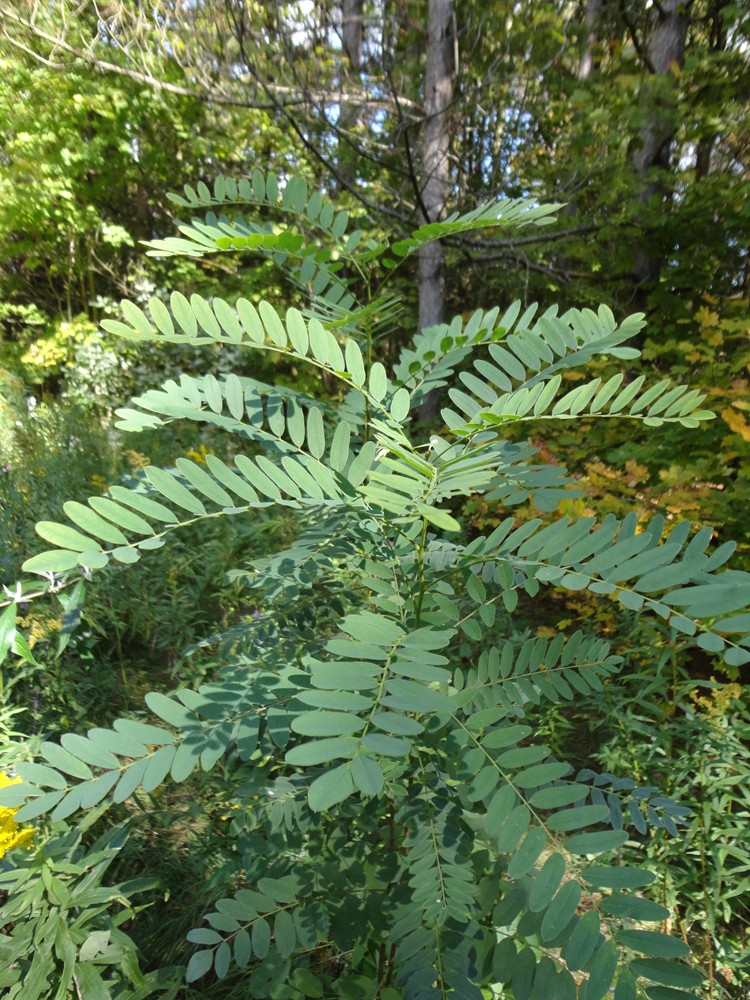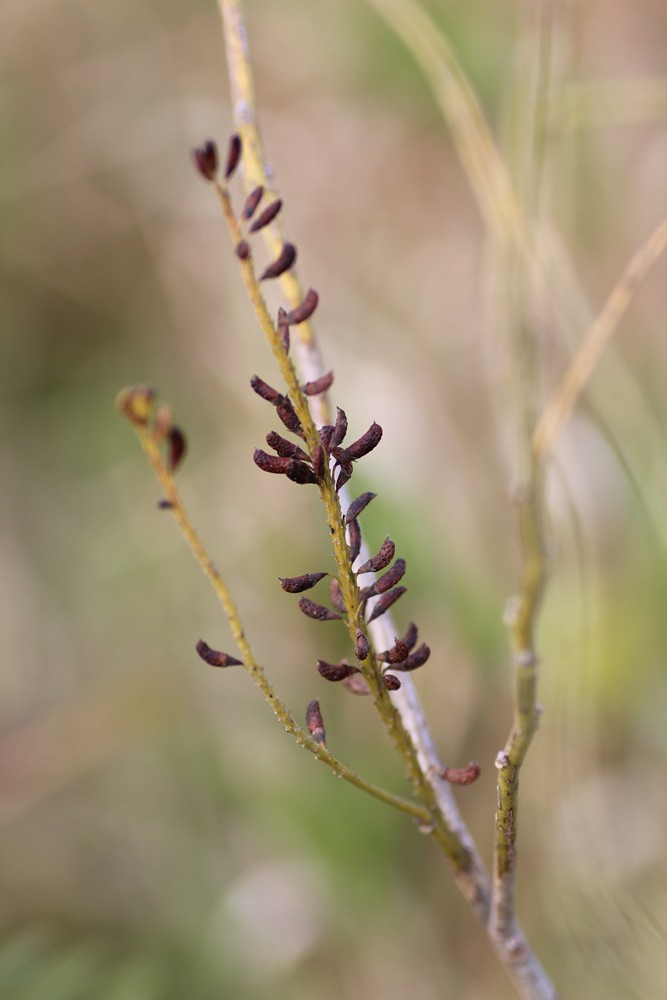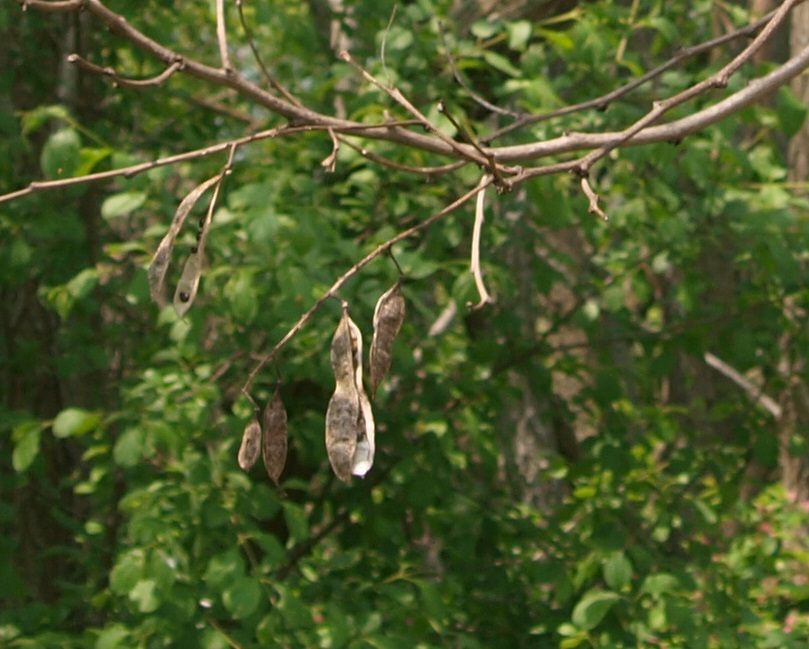Black locust (Robinia pseudoacacia L.), also known as false acacia, post locust and yellow, white or green locust, is a tree belonging to the pea (Fabaceae) family. It is native to the Appalachian Mountains and Ozark Plateau, with its native range reaching from central Pennsylvania to Alabama and Georgia. Because of its durability, adaptability to highly disturbed sites and because it burns well for firewood, it became a popular tree to plant in the early 1900s throughout North America. Its fast-growing nature makes it popular for mine reclamation, reforestation and erosion control, and it is still one of the most widely planted trees in North America. Black locust is commonly used for fence posts, mine timbers, poles, railroad ties, insulator pins, ship timber, nails for wooden ship construction, pulp, boxes, crates, etc. It is also a popular choice for woodworking projects, as the wood is naturally resistant to most rots.
For more information on Black Locust, download our Best Management Practices and Technical Document on Black Locust, available below:


